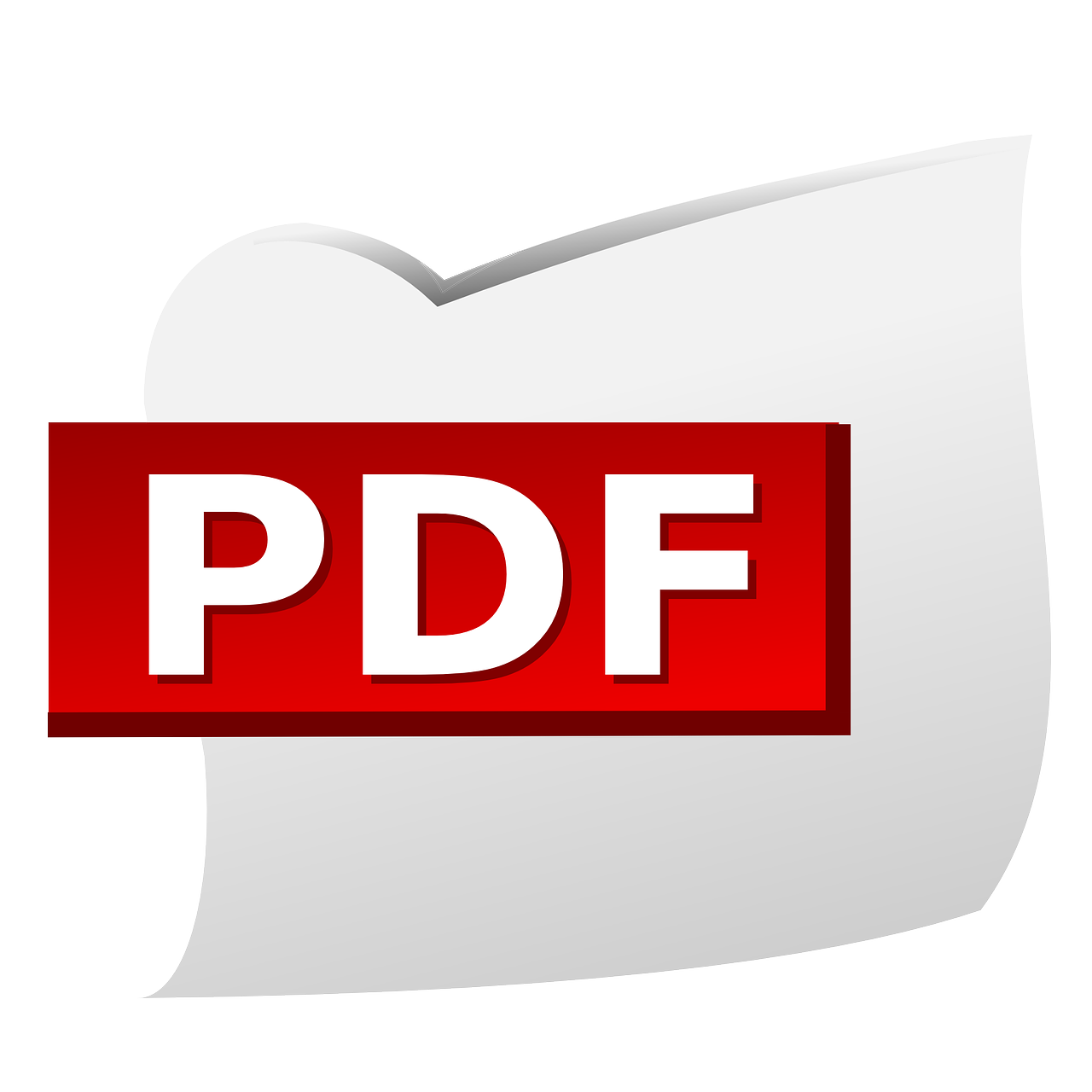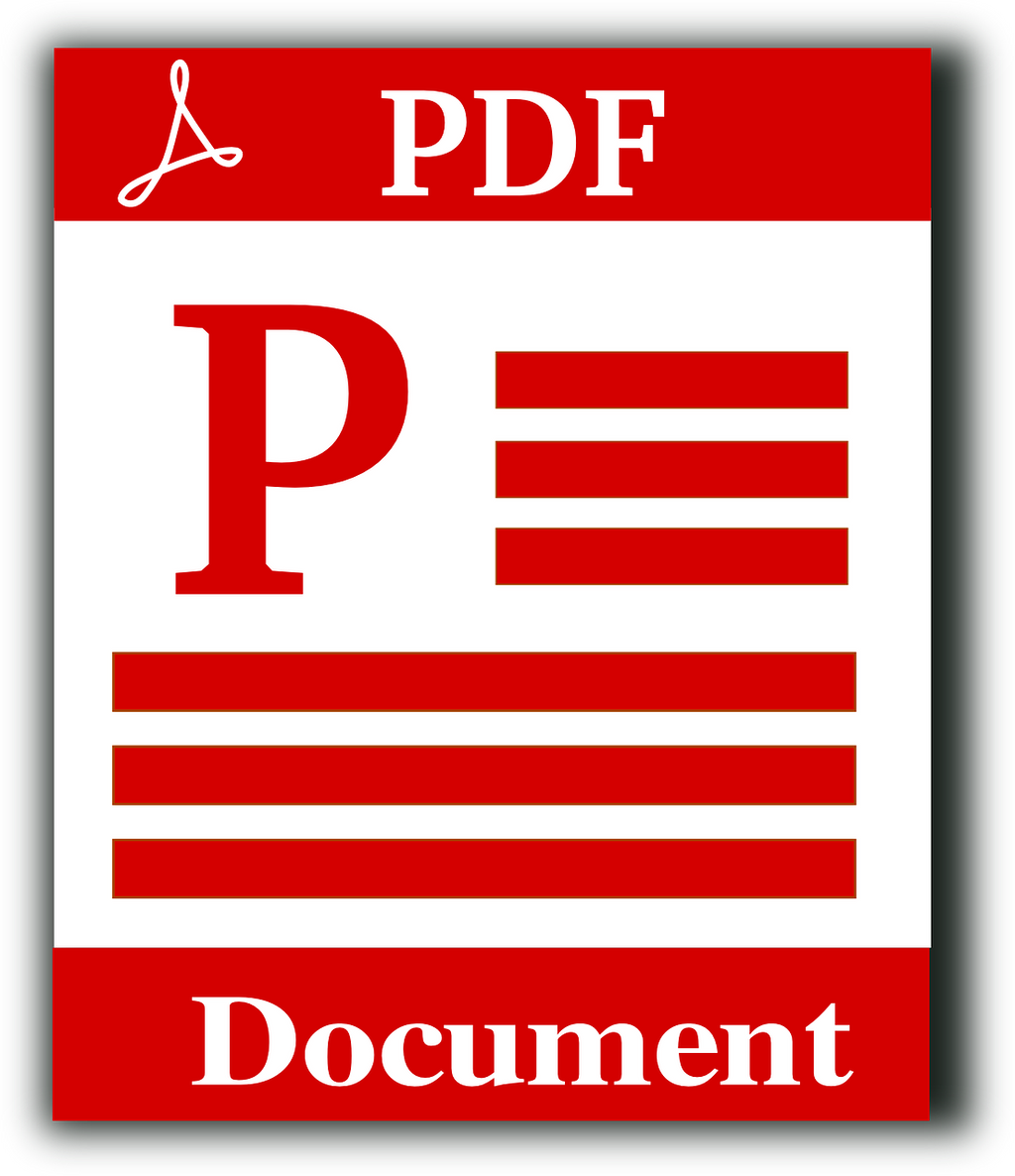In today's digital age, the ability to share documents seamlessly while preserving their formatting across various devices and platforms is essential. PDFs (Portable Document Format) have become the go-to solution for achieving this, ensuring that your content remains consistent and accessible to anyone, anywhere. Whether you're using Microsoft Word, Google Docs, or macOS, each platform offers a unique approach to creating PDFs without the need for specialized software.
In our comprehensive guide, we'll walk you through the step-by-step process of generating PDFs using three popular methods:
1. Microsoft Word: If you're a Windows user or have access to Microsoft Office, this method offers a familiar and straightforward way to convert your documents into PDFs.
2. Google Docs: For those who prefer an online platform or are looking for a collaborative solution, Google Docs provides a convenient method for creating PDFs that retain your document's formatting.
3. macOS: If you're a Mac user, you're in luck – macOS comes equipped with built-in tools that allow you to effortlessly convert content into PDFs, enhancing your workflow.
Whether you're a student sharing essays, a professional distributing reports, or anyone looking to disseminate content effectively, learning these methods will empower you to create PDFs effortlessly and maintain your documents' integrity. Join us as we delve into the intricacies of each method and equip you with the knowledge to confidently create PDFs using Microsoft Word, Google Docs, and macOS.

Create a PDF with Microsoft Word
Creating a PDF (Portable Document Format) is a common need for sharing documents while preserving their formatting and ensuring compatibility across different devices and platforms. Microsoft Word offers a simple and effective way to convert your documents into PDFs without the need for any third-party software. In this guide, we'll walk you through the steps to create a PDF using Microsoft Word.
Step 1: Open Your Document
Start by opening the Microsoft Word document you want to convert to a PDF. Make sure you have made all the necessary edits and formatting adjustments before proceeding.
Step 2: Review Document Formatting
Before converting to PDF, review your document's formatting to ensure everything is as you want it to appear in the final PDF. Pay attention to font styles, sizes, images, headers, footers, page numbers, and any other elements that might affect the document's appearance.
Step 3: Save or Save As
If you haven't already saved your document, click on the "File" tab in the top-left corner of the Microsoft Word window. Then, choose either "Save" or "Save As" if you want to create a copy of the document with a different name or location.
Step 4: Choose PDF as the File Format
After clicking "Save" or "Save As," a dialog box will appear. Navigate to the location where you want to save the PDF and choose a name for it. Below the "Save as type" dropdown menu, select "PDF (*.pdf)" as the file format.
Step 5: Options (Optional)
Next to the "Save" button, you might see an "Options" button. Clicking this button allows you to adjust various PDF settings, such as:
1. Optimize for: Choose the purpose of the PDF, such as standard or minimum size.
2. Page range: Specify which pages you want to include in the PDF.
3. Publish what: Decide whether to include document properties, document structure tags for accessibility, or both.
4. Bitmap text when fonts may not be embedded: This option can help maintain the appearance of text in some cases.
These options are not mandatory, but they can be useful for customizing the PDF according to your needs.
Step 6: Click "Save"
Once you've reviewed the settings and made any necessary adjustments, click the "Save" button to begin the PDF conversion process. Microsoft Word will then generate the PDF file based on your document's content and formatting.
Step 7: Verify the PDF
After the conversion is complete, navigate to the location where you saved the PDF file. Open the PDF using a PDF reader application to ensure that the formatting, fonts, images, and other elements have been preserved accurately.
Creating a PDF using Microsoft Word is a straightforward process that doesn't require any specialized software. By following the steps outlined in this guide, you can easily convert your documents into PDF format while maintaining their appearance and compatibility. Whether you're sharing reports, essays, presentations, or any other type of document, the PDF format ensures that your content will look the same for your recipients as it does for you.

Creating a PDF Using Google Docs
Not everyone has access to Word or prefers to use it. If you're looking for an alternative, Google Docs offers a fantastic online platform for document creation and conversion. In this guide, we'll walk you through the steps to create a PDF using Google Docs.
Step 1: Access Google Docs
To get started, open your web browser and navigate to Google Docs (docs.google.com). Sign in to your Google account if you're not already logged in. Once you're in, either create a new document or open the document you want to convert to a PDF.
Step 2: Edit and Format Your Document
Just like with Microsoft Word, make sure your document is properly edited and formatted before proceeding to convert it to a PDF. Check fonts, images, headers, footers, and any other elements that you want to preserve in the PDF.
Step 3: Access the "File" Menu
In the top-left corner of the Google Docs window, you'll see the "File" tab. Click on it to open a dropdown menu.
Step 4: Select "Download"
From the "File" dropdown menu, hover your mouse over the "Download" option. This will open a submenu with various format options.
Step 5: Choose "PDF Document"
In the "Download" submenu, select the "PDF Document" option. Google Docs will begin converting your document into a PDF format.
Step 6: Wait for Conversion
After choosing the "PDF Document" option, Google Docs will start the conversion process. The time it takes to convert depends on the complexity and length of your document.
Step 7: Save the PDF
Once the conversion is complete, a dialogue box will appear, allowing you to choose the location where you want to save the PDF on your computer. Rename the file if necessary, and then click the "Save" button.
Step 8: Verify the PDF
Navigate to the saved location and open the PDF using a PDF reader to ensure that all the formatting and content have been accurately preserved. This step is crucial to confirm that the converted PDF looks exactly how you intended it to.
Creating a PDF using Google Docs is a convenient and accessible method, especially if you prefer an online platform or if you're collaborating with others in real-time. The process is straightforward, and Google Docs ensures that your document's formatting remains intact during the conversion. Whether you're creating reports, presentations, or any other type of document, Google Docs provides a seamless way to generate PDFs that can be easily shared and viewed across different devices and platforms.

Create a PDF on macOS
So far, we've explored how to create PDFs using Microsoft Word and Google Docs. Now, let's delve into how you can generate PDFs on macOS without the need for third-party software. Apple's macOS provides built-in tools that allow you to create PDFs from various sources, making it a convenient option for Mac users. In this guide, we'll take you through the steps to create a PDF using macOS.
Step 1: Open the Content
Begin by opening the document, image, or content that you want to convert into a PDF. This content could be a text document, an image file, a webpage, or even a combination of different elements.
Step 2: Print Dialog
With the content open, navigate to the "File" menu in the top-left corner of your screen. From the dropdown menu, select the "Print" option. Alternatively, you can press the keyboard shortcut "Command + P."
Step 3: PDF Preview
In the Print dialog box, you'll notice a small dropdown menu located at the bottom-left corner, usually labeled as "PDF." Click on this dropdown menu to reveal a list of options.
Step 4: Save as PDF
From the dropdown menu, select the "Save as PDF" option. This action will open a new dialog box that allows you to specify the location where you want to save the PDF file and choose a name for it.
Step 5: Configure PDF Options
Before saving, you have the option to adjust various PDF settings by clicking on the "Show Details" button. Here, you can make changes such as:
1. Page Range: Choose which pages you want to include in the PDF.
2. Orientation: Select portrait or landscape mode.
3. Scale: Adjust the size of the content in relation to the page.
4. Quality: Determine the image quality of the PDF.
5. Security: Set a password or permissions for the PDF.
These settings are optional and can help you customize the PDF according to your needs.
Step 6: Save the PDF
Once you've configured the settings (if needed), click the "Save" button. Your macOS will then convert the content into a PDF and save it to the location you specified.
Step 7: Verify the PDF
Navigate to the saved location and open the PDF using your preferred PDF reader application. Make sure to review the PDF to confirm that all the content and formatting have been accurately retained.

Conclusion
In a world where information sharing is paramount, the ability to create PDFs has evolved from a convenient feature to an essential skill. We've explored three distinct avenues for accomplishing this task: Microsoft Word, Google Docs, and macOS. Each method comes with its own strengths, catering to various preferences and needs.
Microsoft Word offers a familiar interface for Windows users, providing a reliable way to convert documents into PDFs without the need for additional software. Google Docs, an online collaborative platform, allows users to create PDFs seamlessly and share them with collaborators in real time. And for Mac users, the built-in tools on macOS present a quick and efficient way to generate PDFs from a range of content types.
Whether you're crafting academic papers, sharing business proposals, or disseminating creative content, the ability to create PDFs enhances the professionalism and accessibility of your work. By mastering these methods, you're equipped to tackle diverse situations and ensure that your documents maintain their integrity across different devices and platforms.
Remember, the method you choose may depend on factors like your operating system, collaboration needs, and personal preference. Regardless of the path you take, the goal remains the same: to effortlessly transform your content into PDFs that are reliable, consistent, and universally accessible.
As technology continues to evolve, the importance of mastering these fundamental skills becomes even more evident. By staying equipped with the knowledge to create PDFs using Microsoft Word, Google Docs, or macOS, you're prepared to navigate the digital landscape with confidence and share your content with the world, seamlessly bridging the gap between your creativity and its consumption.

